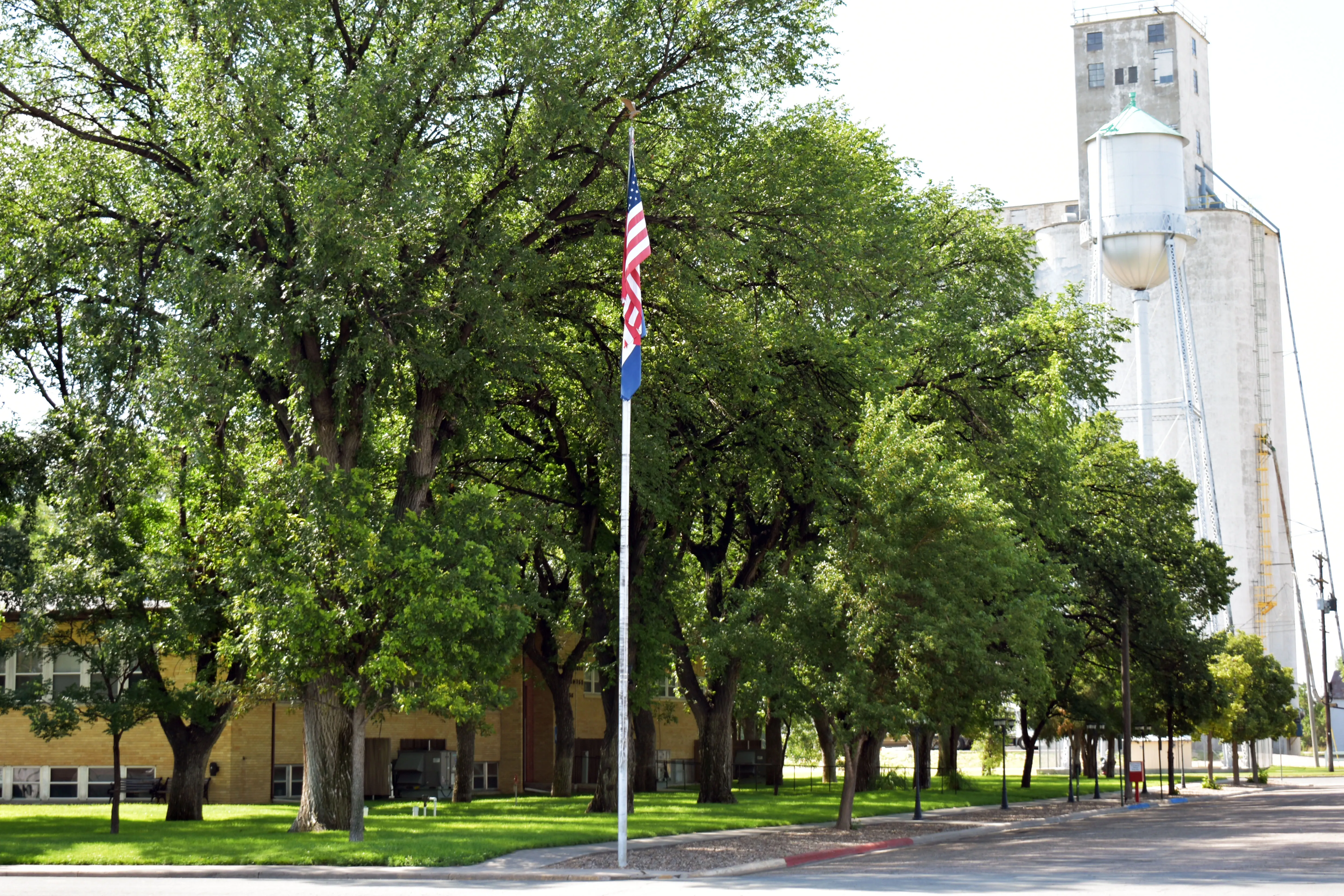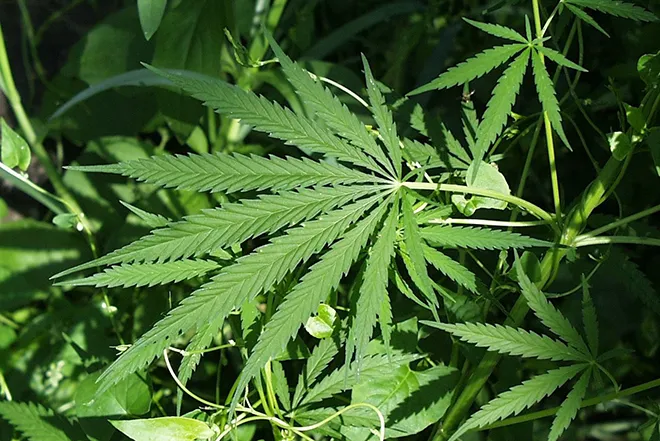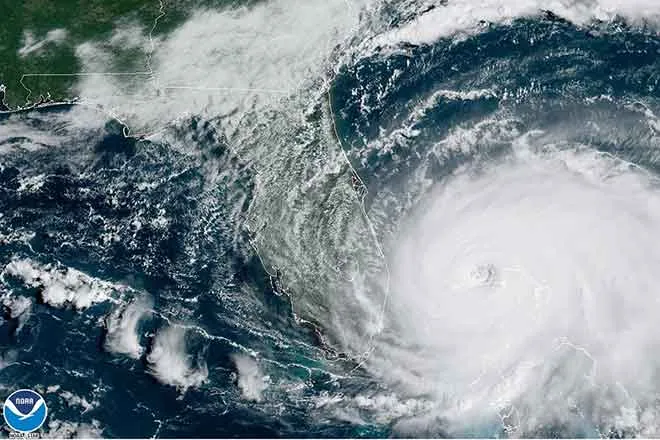
Unemployment dips slightly as states grapple over federal benefits
(The Center Square) - Newly released federal data shows unemployment numbers improved slightly this week as states consider whether to turn away federal jobless benefits.
The Bureau of Labor Statistics released data Thursday showing the number of new unemployment claims filed changed little in the last week. Though unemployment has improved since the pandemic, it remains significantly higher than pre-pandemic figures.
“Unemployment rates were lower in May in 21 states and the District of Columbia, higher in 1 state, and stable in 28 states,” BLS said. “All 50 states and the District had jobless rate decreases from a year earlier.”
“Nonfarm payroll employment increased in 14 states, decreased in 1 state, and was essentially unchanged in 35 states and the District of Columbia in May 2021,” BLS added.
Hawaii topped the nation with the highest unemployment rate at 8.1%.
“The next highest rates were in New Mexico, 8.0 percent, and California, 7.9 percent,” BLS said. “New Hampshire had the lowest jobless rate, 2.5 percent, closely followed by Nebraska and Vermont, 2.6 percent each. In total, 27 states had unemployment rates lower than the U.S. figure of 5.8 percent, 12 states and the District of Columbia had higher rates, and 11 states had rates that were not appreciably different from that of the nation.”
The national unemployment rate dipped by 0.3 percentage points since last month, down to 5.8%.
“In May, Delaware and Rhode Island had the largest over-the-month unemployment rate decreases (-0.5 percentage point each), followed by Connecticut, Hawaii, New York, and South Carolina (-0.4 point each),” BLS said. “Ohio had the only rate increase in May (+0.3 percentage point). Twenty-eight states had jobless rates that were not notably different from those of a month earlier, though some had changes that were at least as large numerically as the significant changes.”
The numbers come after the Biden administration touted a steady decline in joblessness nationwide earlier this month.
“Since President Biden took office, average jobless claims are down for the ninth week in a row and have been cut in half, and the economy has averaged 540,000 new jobs per month,” the White House said in a statement earlier this month. “Americans are getting back to work and our economy is on the right track.”
Last week, though, new unemployment claims spiked by 37,000 over the prior week, ending that steady improvement.
Republican states around the country have taken steps to reduce unemployment by rejecting $300 weekly federal unemployment benefits aimed at helping families during COVID. But many businesses have pointed out difficulty hiring workers despite job availability.
Republicans have pointed to the federal benefits, arguing they make it easier to stay home than return to the workforce. Many states have announced they will no longer accept the payments.
House and Senate Republicans in North Carolina reached an agreement Wednesday to reject the benefits, citing the same concerns. Gov. Roy Cooper has spoken unfavorably of the plan but will now review the legislation.
"I'm not going to analyze the precise cause and effect, but let's face it, it is easier to not work than it is to work," said state Sen. Chuck Edwards.

















